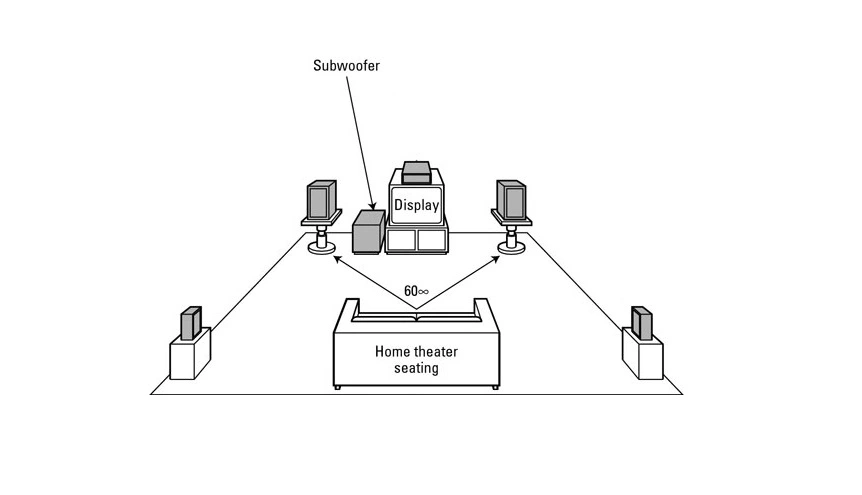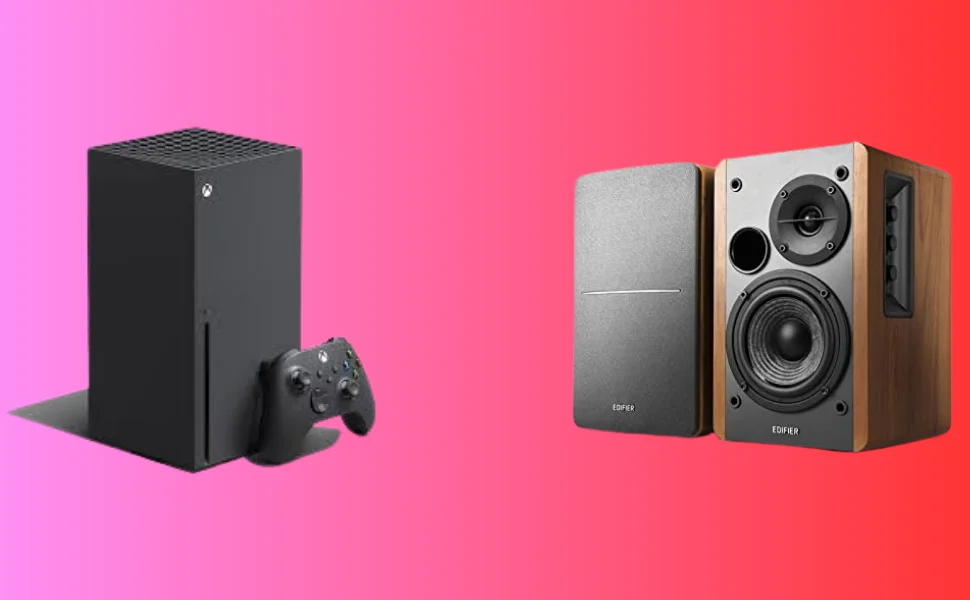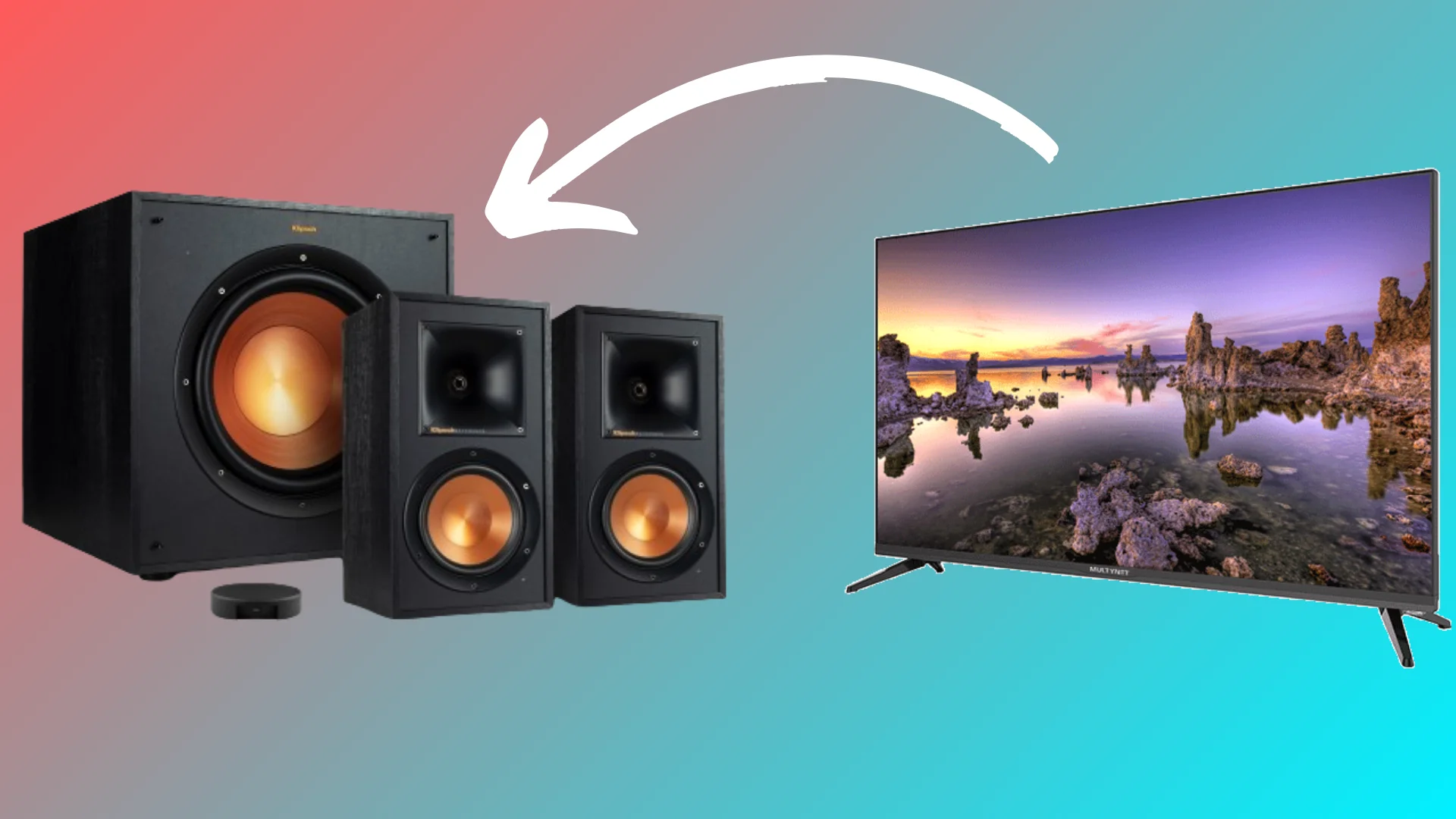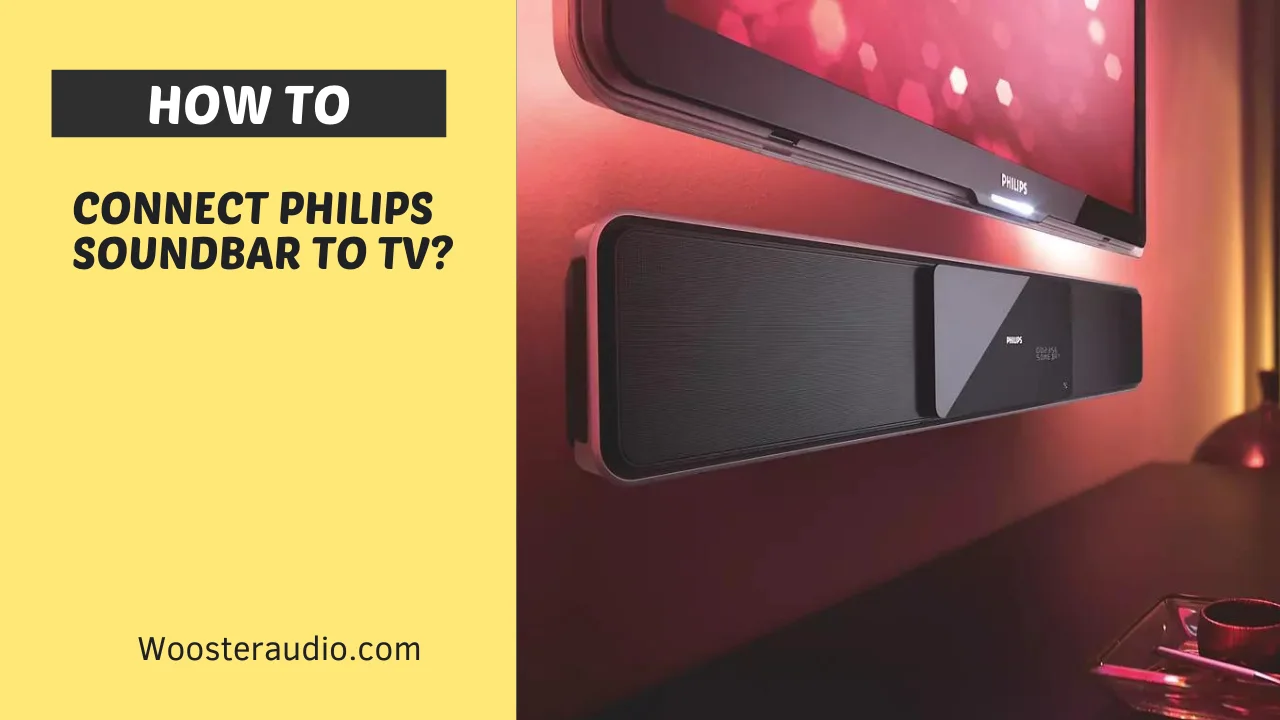Just bought a brand new home theater system in 2024? Welcome to the club! Setting it up can be exciting, but many audio lovers get stuck on subwoofer placement. Here’s the thing: where you put that sub makes a huge difference in your entire audio experience. Here are top Slimline subwoofers recommendation with build-in amp so checkout them.
Why Subwoofer Placement Matters
Ever wonder why your bass sounds boomy or uneven? Subwoofer placement plays an integral role in reaching balanced bass distribution and an improved audio experience. Facing the subwoofer incorrectly or putting it in the wrong spot can create room resonance, making the bass sound distorted.
The Big Questions:
Social media is buzzing with questions from audio enthusiasts like you:
- Which direction should I face my subwoofer?
- Where will it sound the best?
- Are there any no-go zones for sub placement?
The answer? It depends! Several factors influence the ideal spot for your sub, including:
- Furniture placement - Large objects can disrupt sound waves.
- Room dimensions - The size and shape of your room affect bass response.
- Subwoofer design - Different subwoofers have unique sonic properties.
Don’t worry, I have got you covered. This guide will answer all your subwoofer placement questions, telling you where your subwoofer will shine and where to avoid putting it. Plus, we’ve got some bonus tips to help you fine-tune your setup for the ultimate bass experience.
What Is the Best Way Should A Subwoofer Face In Home Theater?
Placing a subwoofer in center of your room for a home theater is not typically recommended. Instead, the Best performance is often you can achieved by experimenting with different locations, such as corners or along walls, to find where the bass sounds most even and powerful.
If space is limited, placing your subwoofer on one side of the room is acceptable, but placing it in an adjoining room is not advisable as it can significantly degrade bass response.
For optimal bass response, position your subwoofer close to your listening area but avoid blocking windows or doors, which could affect the airflow and sound quality.
Upgrading your subwoofer on a stand can sometimes help improve bass response by reducing vibrations that travel through the floor, but it’s not always necessary. Experimenting with placement and making adjustments based on the room’s acoustics will yield the best re
Where Should You Place A Subwoofer In Your Home Theater?
Craving that deep, immersive audio experience in your home theater? A subwoofer is your secret weapon, adding richness and dimension to your movies and music. But where do you put this powerful box for the best results?
The truth is, there’s no magic “one-size-fits-all” answer. Every home theater has its own unique layout and acoustics. However, fear not! With my mentioned easiest steps, you can do it easily.
Matching Your Sub to Your Space
Room Size: A larger subwoofer is your friend in a spacious room, while a more compact one will excel in a cozy setup. Choose a sub that complements the size and acoustics of your listening area.
Speaker Synergy
Imagine your speakers and subwoofer as a team. To create a balanced soundscape, aim for a subwoofer that aligns in size and shape with your existing speakers.
Pro Tips for Optimal Placement
Experimentation is Key: Don’t be afraid to move your subwoofer around! Try corners (for a bass boost, but watch out for boominess), along walls, or even near your front speakers. Listen carefully and find the spot with the smoothest bass response.
The Subwoofer Crawl: This might sound unusual, but it’s an effective technique. Place the subwoofer in your usual listening position, then crawl around the room on your hands and knees, listening for the best bass response. Once you find the sweet spot, move the subwoofer back to that location.
Clear the Path: Furniture and other objects can disrupt sound waves. Make sure your subwoofer has plenty of breathing room for optimal performance.
Where Should I Not Place a Subwoofer?
Think again if you’re considering placing your subwoofer where it might clash with other nearby equipment. Here are three places where a subwoofer probably shouldn’t go:
Near a Television Set - The low frequencies generated by a subwoofer can cause interference with the electronic signals of TVs.
On Top of a Cabinet - This is especially risky if the cabinet is made of wood or another material that can easily resonate, potentially causing severe damage to the subwoofer and the cabinet.
Underneath Furniture - Placing a subwoofer under heavy furniture can lead to damage if the vibrations cause the furniture to move.
What does a subwoofer do for home theater?
Subwoofers are the top bass boosters for your home theater experience. They add that low-frequency rumble and depth that regular speakers can’t recreate. But how do they work, and do you really need one?
Low-Frequency Magic
Subwoofers handle the lowest audible sound waves, creating a richer and more realistic soundscape for movies and music. They make explosions more impactful, music more dynamic, and movie soundtracks truly immersive.
Subwoofer Integration
Primary System Player: Most commonly, subwoofers are placed near the main speakers, often close to your seating area. This ensures accurate and powerful bass reproduction, letting you feel the action on screen.
The Extra Bass Boost
For some, one subwoofer isn’t enough. Additional subwoofers can be strategically placed around the room, like near walls or furniture, to further enhance bass experience.
Do You Need a Subwoofer?
It depends on your audio goals, like Seeking Richness and Depth? A subwoofer is a must-have! It elevates your movie nights and adds a whole new dimension to your music.
Content with Current Sound? If you’re happy with the sound quality of your existing setup, a subwoofer might not be necessary.
Subwoofers and Surround Sound
The Perfect Partners: Subwoofers and surround sound systems go hand-in-hand for creating an immersive audio experience. They fill in the gaps between other speakers, sending low-frequency vibrations that make you feel like you’re part of the action.
Surround Sound Without a Subwoofer?
While some surround sound systems can function without a subwoofer, you might miss out on the full potential. Subwoofers ensure each audio channel reaches your ears, creating a truly enveloping soundscape.
Does a Subwoofer Improve Stereo Sound?
Absolutely! Subwoofers can reproduce low frequencies often missing in regular speakers, adding depth and bass to your music collection. Here is also learn building Subwoofer Box for your truck.
What if subwoofer sounds too boomy or weak in certain positions?
Room acoustics can be a reason if the subwoofer sounds excessively boomy or weak in certain locations. Try experimenting with different positions or adjust its placement. You can also tweak the subwoofer’s parameters, such as volume and crossover frequency. This will help find the appropriate balance for the best bass response in your room.
In A Nutshell
I hope you know how to properly position your speakers to increase your audio experience. From the best placement recommendation for the subwoofer to the demand for the subwoofer, I have mentioned everything, which is really helpful for those who are serious about Audio quality from their setup. How to build
Learn more about:








